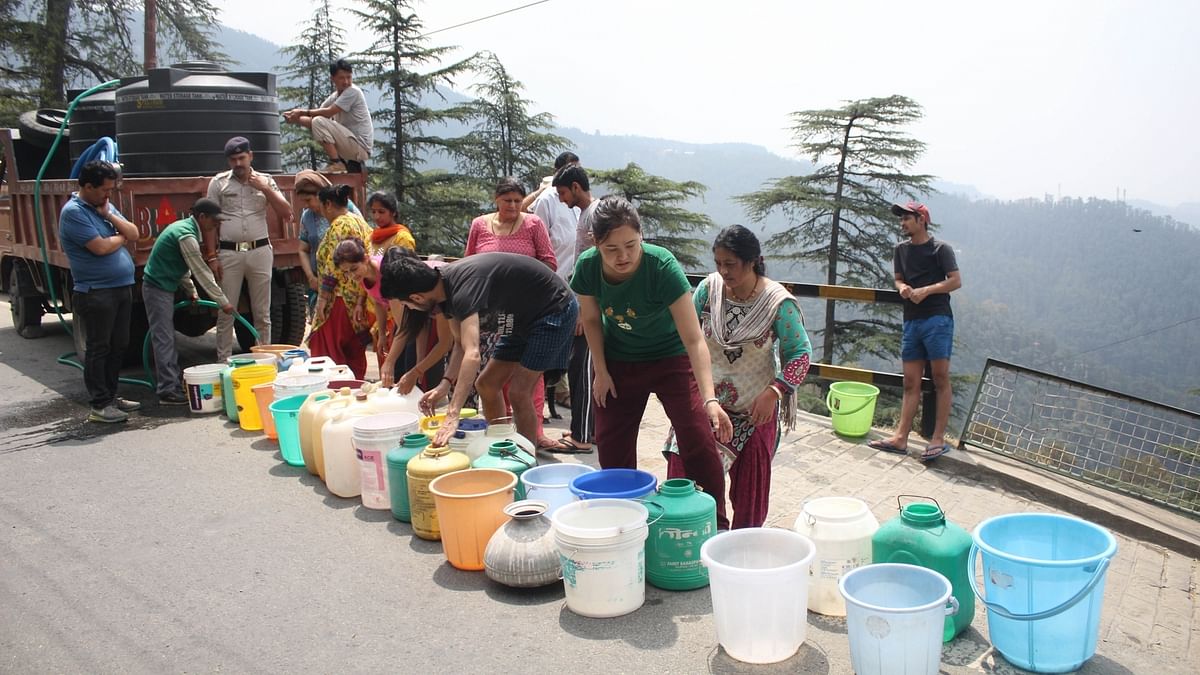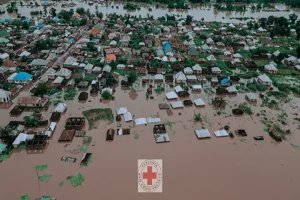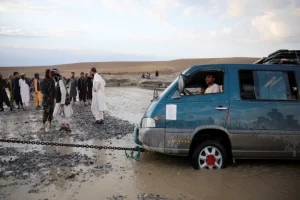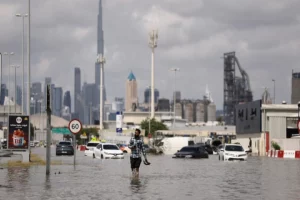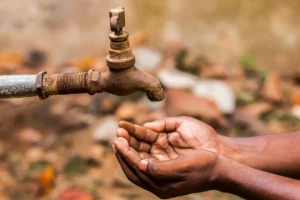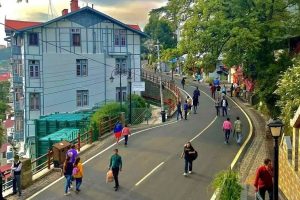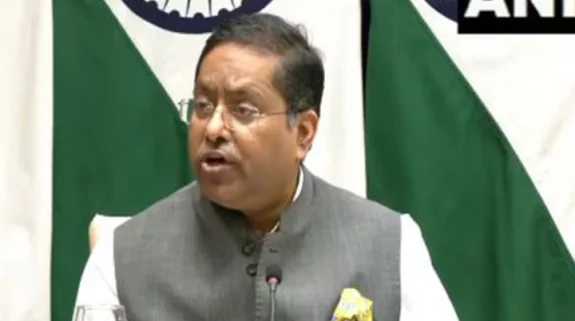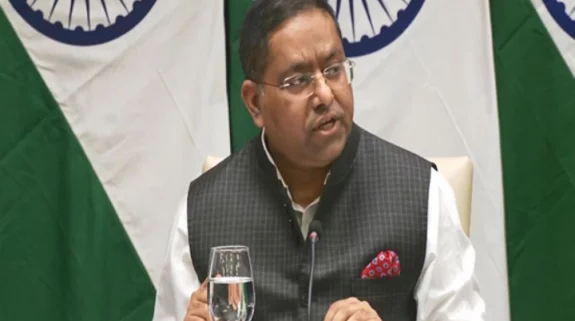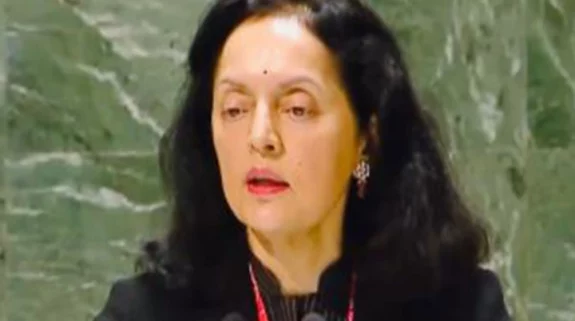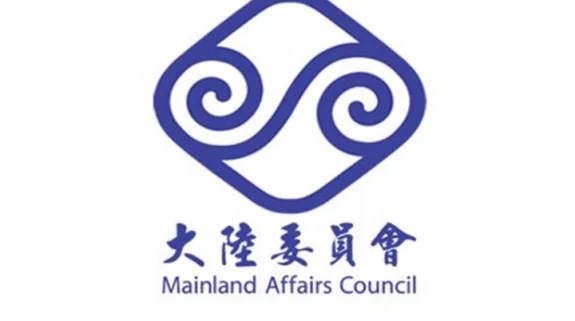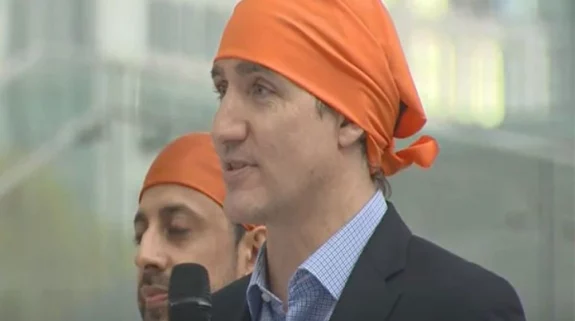Shimla: Even as Himachal Pradesh is grappling with severe floods due to torrential rains, the state’s capital, Shimla, is battling with a water crisis forcing Shimla Jal Prabandhan Nigam (SJPN) Ltd to impose strict water rationing in the famous tourist city.
Pankaj Lalit, SJPN Ltd’s Chief Executive Officer said “the water availability for the town has dropped drastically from 48 MLD to 15 MLD. This is because two principal rivers—Gumma and Giri providing 22 and 20 MLD of water for Shimla, are facing high turbidity and silt. As a result, the pumping of the water is adversely hit”.
The reason for high turbidity is attributed to massive construction activity in the catchment areas of Giri where road construction work has been undertaken by the PWD for apple transportation. Entire muck and debris generated is dumped in the river. Further, incessant rain that triggers flash floods and landslides has wreaked havoc.
“There are also other construction works underway. This includes buildings and houses by the locals. Everything is flowing down in the river making the river muddy. The clean water of the river looks highly polluted and unsafe,” Pradeep Sangwan, a conservation activist, who works on the mountain ecology.
On Saturday, for example the turbidity in Giri was 9900 Nephelometric Turbidity Units (NTU), which is considered very high making the water highly polluted and unfit for human consumption.
” We are making strenuous efforts to clean the water, remove sand and other contamination. The work is undertaken at different stages. But problems come when pumps get choked by the turbidity and raw water” says Sahil Sharma, Communication consultant with SJPN Ltd.
The problem is no different at Gumma –Shimla’s most dependable source of water tapped by the Britishers. Although the capacity of the Gumma scheme has been expanded to meet the increased demand of water in Shimla, high turbidity in the river has created serious problems for the water supplying agency. The turbidity problem has cropped up only in recent years.
During 2018, when Shimla witnessed a worst ever drinking water crisis, Gumma quenched Shimla’s thirst eight to nine days after the availability sank to 9 to 11 MLD from all sources.
SJPN Ltd spokesman has put up videos and pictures of Giri and Gumma sources to update the citizens about the helplessness of the agency to do anything during the days when Himachal Pradesh was facing relentless rains and massive floods in the state.
“The pumps were not working for four days. The contamination (silt) caused problems. This is due to the development and construction activities,” claims Meena Thakur, a conservation activist at Solan.
SJPN Ltd has written to the district administration and also PWD to check dumping of debris in the rivers which are a source for drinking water in Shimla but nothing has been done so far.
The water supply to the worst hit localities in Shimla is now being met through tankers. The water supply scheme released by the Shimla Jan Prabandhan Nigam makes it clear that water will be available only on the fourth day. The residents have to make economic use of the water and avoid wastage. But some residents in the downhill localities allege that they are not getting water even on the fourth day. They merely depend on natural sources which are also polluted or ill-maintained.
Though the tourist arrivals have been hit by the rains, landslides and floods yet Shimla has no water for the local citizens – a perpetual problem in the hill town. More than 22 percent of the water lifted for supply also gets wasted because of leakages in the distribution pipe.
Shimla, it seems will remain thirsty despite the deluge and huge capital investments made to augment the supply and replace the old British era pipes with new ones.
The Britishers had set up Shimla for a population of 20,000 but now the population has almost exceeded three lakhs. The tourist footfall in the peak summers adds to the woes of the town as a lot of hotels and homestays have also come up in Shimla.






